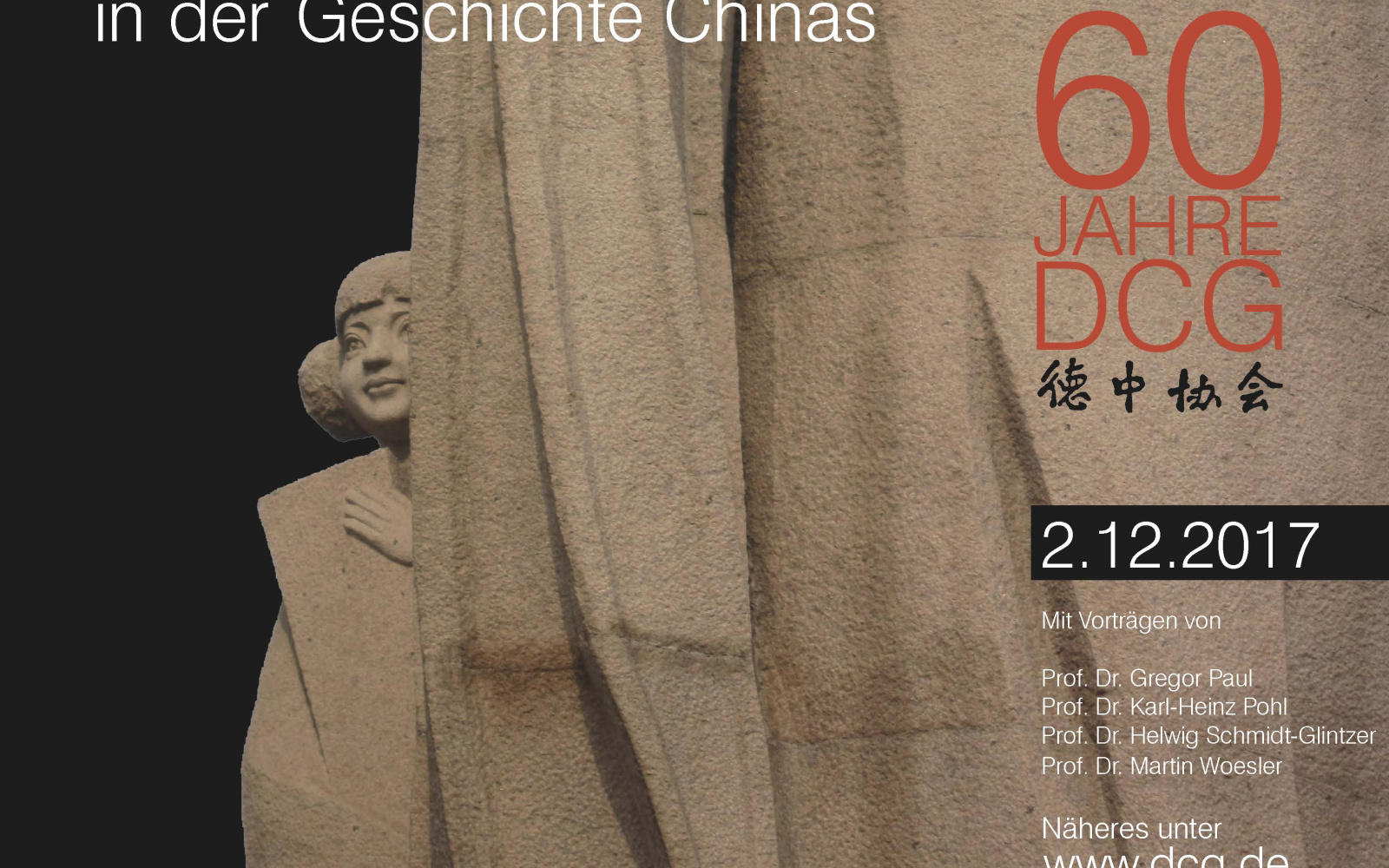Art and Power in the History of China
Sat, December 02, 2017 10:00 am – 5:00 pm CET
- Location
- Lecture Hall
This symposium deals with the relationship of art, i.e. art in the wider sense, and political power. All kinds of art, be it visual art (architecture, sculpture, painting, film), literature or music, can be used to serve political power or be critical towards it.
Or more precisely, it is true that:
(1) Art can serve to consolidate and encourage such power. In doing so, it can (1.1) be a representation or manifestation of power, such as certain examples of monumental architecture in particular. It can be used (1.2) as propaganda, as is expressed especially in the cult of personality of the powers that be: e.g. in portraits, in paraphernalia that exhibits such portraits and in glorifying hymns. And finally, it can (1.3) prevent or restrict resistance and criticism through censorship (for example of visual arts, literature and film). It goes without saying that all three forms can co-exist. This was the case with Stalinism, Nazism and Maoism in particular. But there are even examples back in ancient Egypt.
However, art can also be (2) critical towards power, especially through caricatures (like those of Honoré Daumier, 1808–1879), cabaret shows and in literary form.
And ultimately, art can – at least according to the intention – (3) be indifferent to questions of power. There might be examples of art for art’s sake. However, such art can be perceived as provocation by the powers – but also by others. This could be seen in how National Socialism dealt with art it rejected as »degenerate«”.
The symposium focuses especially on the first and second issues. In four lectures, the compositions of which will be published, art in the public sphere (architecture, sculpture, etc.), painting, literature (to the point of propaganda for Mao) and film will be particular focuses. In the introductory lecture, an overview of the issue will also be given. Examples from the relationship between art and power in the history of China will be given and compared with examples from other cultures – like the Egyptians, Mesopotamia and the totalitarian states of the 20th century.
Program
Lectures by
- Prof. Dr. Gregor Paul (DCG, Karlsruhe): Art and power in the history of China. With special consideration of art in the public sphere
- Prof. Dr. Helwig Schmidt-Glintzer (Wolfenbüttel, Tübingen): Painting and power
- Prof. Dr. Karl-Heinz Pohl (Trier): Literature and power
- Prof. Dr. Martin Woesler (Witten/Herdecke): Film, digitalization and art
